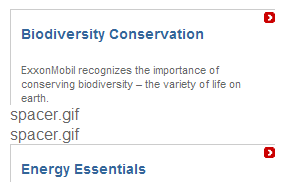Flash’s Weaknesses: Then and Now
Back in 2003 Mark Angeletti wrote an article for Sitepoint titled Flash Vs. CSS/HTML: Which Will You Choose?, in which he examined the strengths and weaknesses of Flash. Mark closed his article by suggesting that in the future Macromedia had the opportunity to fix Flash’s weaknesses, and would likely do so. I thought it would be interesting to look at how much progress has been made in the past four years, and see if those weaknesses have indeed been addressed, or if there is still work to be done.


